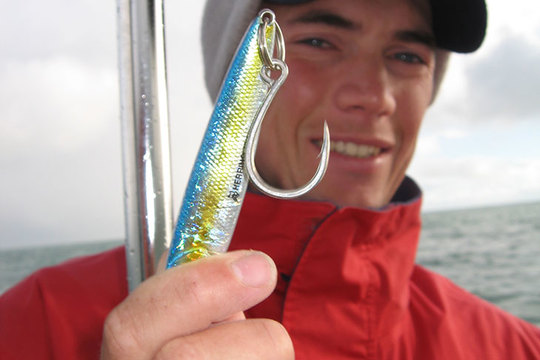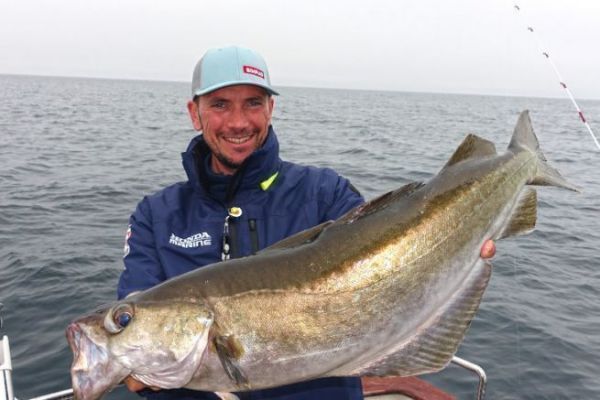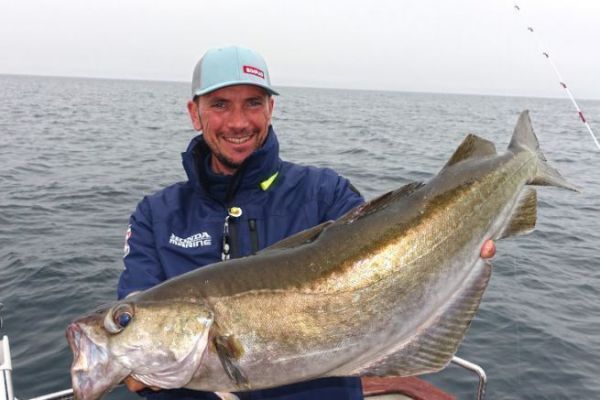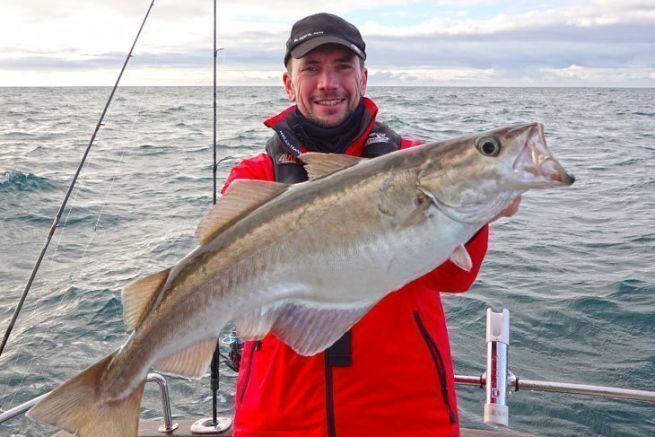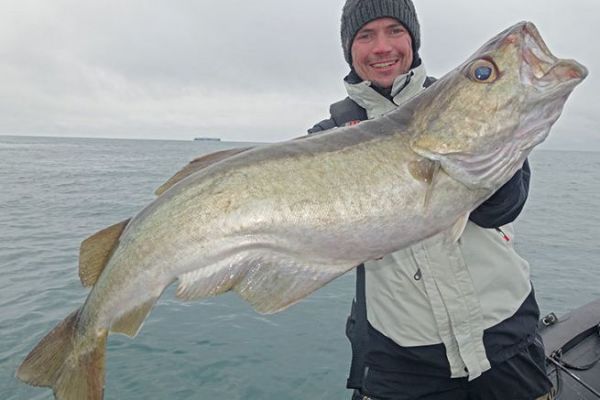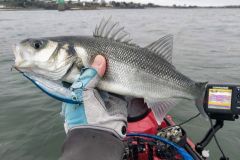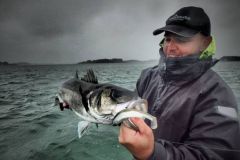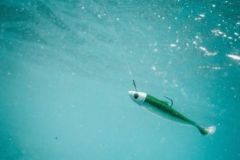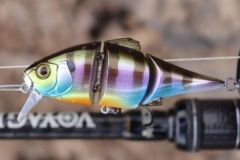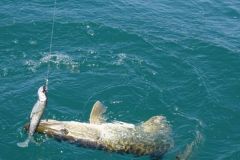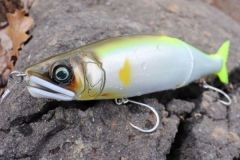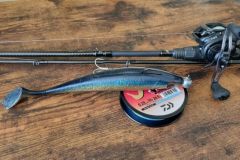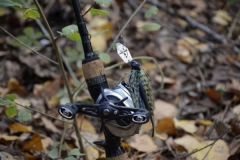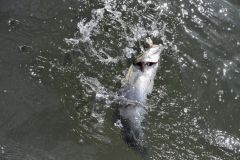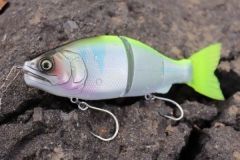Headliner of the Atlantic coast in winter
The pollack is one of the star carnivores of our Atlantic coast. It is particularly present during the first semester. The season is coming to an end and it is good to think about the preparation of the winter phase.
Historically, this carnivore was sought after with spoons and eel trains. Over the years, the large leaded spoons have become lighter and have been replaced by soft lures. Now, this is how most of the enthusiasts look for it. However, it is interesting to go back to the roots and the jig sometimes comes into its own.
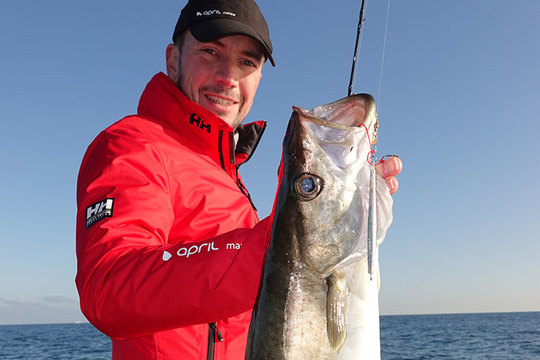
Jigging, a technique that has stood the test of time
The heavy spoon has evolved over the years. Historically, there was the wobbling spoon and the rocket or snack spoons. The first one goes down in a dead leaf and the second one goes in a straight line on the bottom. These lures were used with big rods, big wire and big spoons. It goes hand in hand. It's impossible to feel the bottom, the structures and the bites with a light spoon in these conditions.
In the 2000's, jigs appeared in France with improved finishes and lacquered colors integrated on the lead. Braids were used more and more and today, the waddling of heavy spoons is called jigging in reference to the modern jigs used.
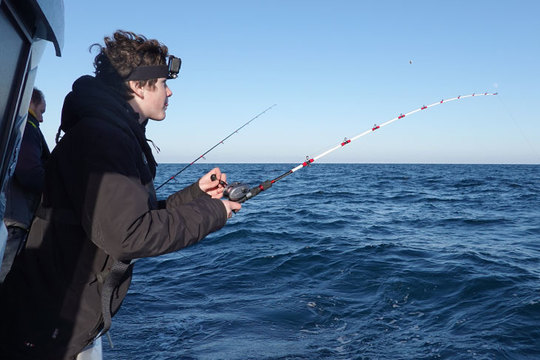
Large amplitudes
Jigs are used with jigging or slow-jigging rods. These rods have a soft tip action that dampens the wide waddling actions that make the jigs flutter, sending out attractive vibrations and flashes of light. There are spinning models, the most common, and baitcasting models like the one pictured above.
You can retrieve the jig in a wide waddle, but also in a jerky retrieve for a few meters before letting go. Sometimes, it is this type of lure that makes the difference. So let's dust off the jigs from time to time, you never know!
The jigs that are interesting for pollock generally weigh between 60 and 150 g depending on the intensity of the current and the depth. There are tapered jigs, very long, and short jigs. The latter are my preference for targeting pollack. A simple hook called assist-hook is enough, positioned at the head of the lure. You can also use a single hook on the tail of the lure.
